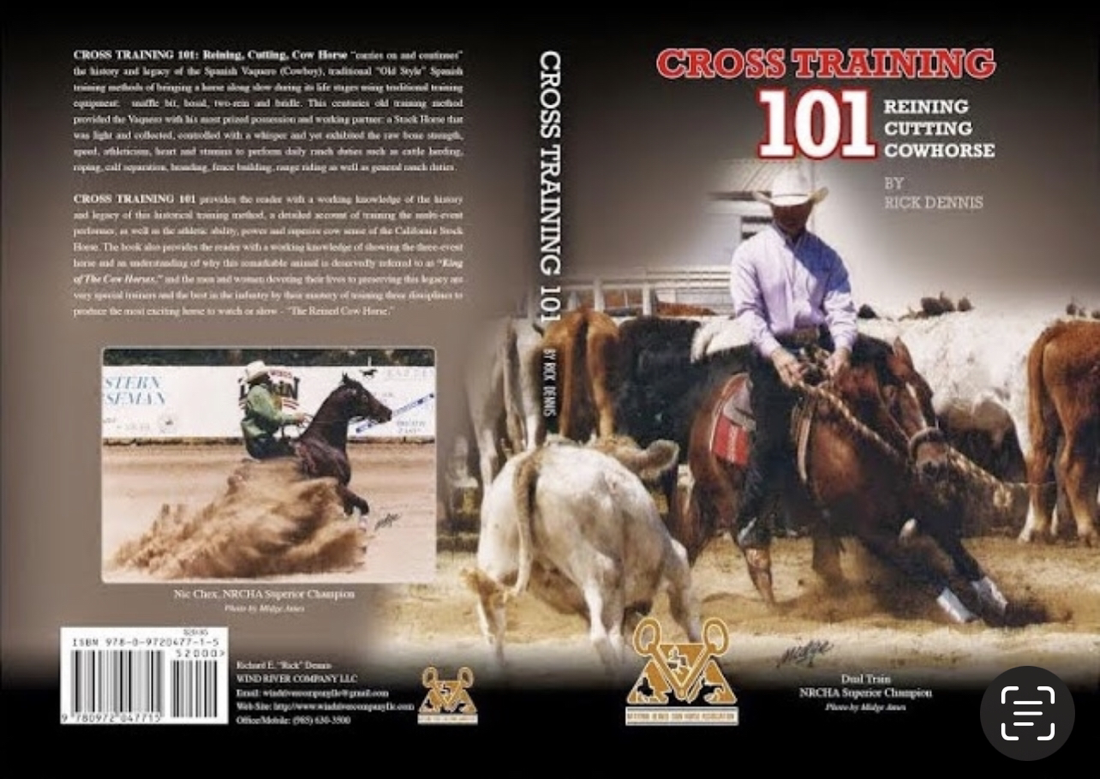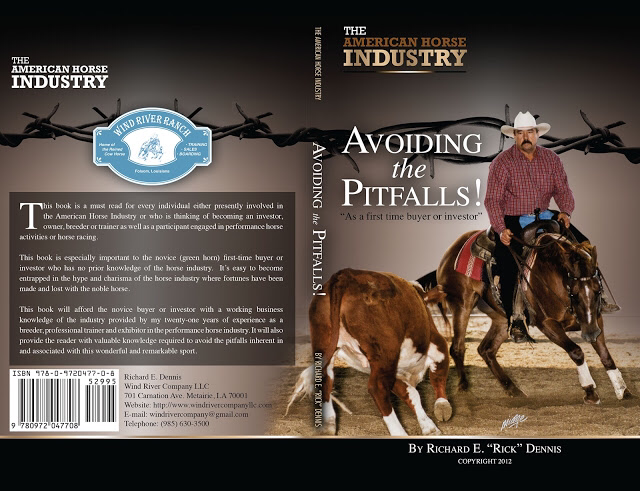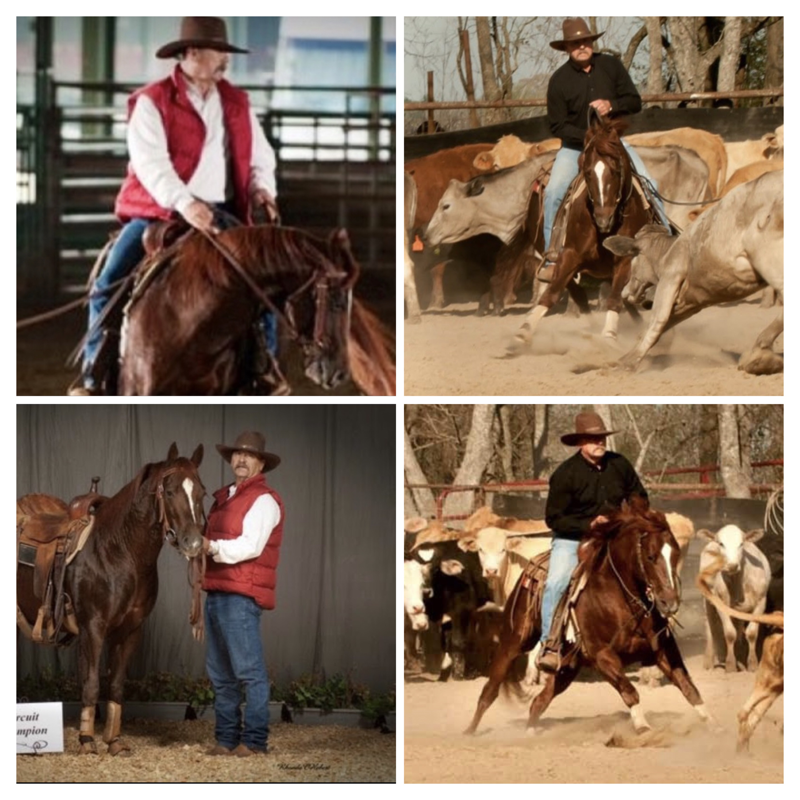|
THE IDEAL CONCEALED CARRY GUN
By Richard E. “Rick” Dennis CPP Freelance Journalist November 12, 2023 © All Rights Reserved AND CALIBER Recently, I reviewed an online video provided by the USCCA, U.S. Concealed Carry Association, where the moderator was providing information to the audience pertaining to the ideal concealed carry handgun and caliber. As a former Army Veteran, during the Vietnam War as well as an 18-year Drug Enforcement Agent and Law Enforcement Professional, with many years of pistol combat experience, I disagree with a myriad of his expressed viewpoints, example: In the video, the moderator limits the self-defense caliber choices to 9mm, 40 S&W, and 45 ACP, the number of rounds in the magazine capacity to 10 plus one in the chamber, and the firearms to Tier 1 and Tier 2 choices. Tier 1 firearms are ones designed and designated for law enforcement and military use. Using these criteria as a basis, the moderator essentially eliminates revolvers and other excellent pistol caliber choices from the concealed carry list. First and foremost, Tier 1-gun choices, i.e., guns designed and designated with the letters (LE) or for law enforcement and the U.S. Military aren’t available to the general public. More specifically, a gun manufacturer that designs and manufacturers a specific firearm model for use; both for the general public, law enforcement, and the U.S. Military have two models. More specifically, one for the general public and one for law enforcement and the U.S. Military. Same model, same gun design, but setup and tuning are completely differently at the factory. Furthermore, in order for an individual to purchase a Tier 1 firearm setup and tuned for law enforcement and the U.S. Military that individual must have the background and credentials to do so. It’s referred to as a Qualified Professional Program. Still another point of contention, with the moderator, is his advocacy of single action semi-automatics as a suitable concealed handgun for general public concealed carry use. Again, I disagree! For the record, semi-automatics are designed in three distinct categories: Single Action, requiring the hammer to be cocked prior to firing, double action which requires a single pull of the trigger and can be designed with an external or internal hammer, and an internal striker firing mechanism. The single action design, or 1911 design so-to-speak, becomes problematic to the user in three ways, e.g., 1) either the firearm is carried cocked and locked, meaning the hammer is cocked in the firing position with a round in the chamber and the safety engaged to prevent accidental firing, 2) the hammer is down with a round in the chamber requiring the firearms hammer to be cocked prior to firing, or 3) the firearm is carried with an empty chamber requiring a slide rack in order to load a round in the chamber from the magazine. Either way, these components slow the response time of the shooter in a gun fight. There are just too many steps for the average shooter to remember when faced with an actual stressful gun fight and a life-or-death situation. Overall, the single action type is an excellent firearm but better left to the professionals. WHAT IS THE IDEAL CONCEALED CARRY HANDGUN? For the last 54-years, I’ve made a living with a firearm beginning in 1969 in the U.S. Army, during the Vietnam War, on through my 18-year tenure in Drug Enforcement and Law Enforcement, until today as a Certified Protection Profession (CPP) in private industry. My background and expertise illustrates: I have a good idea of what works and what to avoid! In the Army, I was issued two firearms: An M14 and an M16. Both select fire assault rifles. In law enforcement I was restricted to carrying a six-shot revolver; Colt or Smith & Wesson, chambered with 38 Special Police Loads, and a 5-shot 12-gauge pump shotgun; (Ithaca or Remington), shooting slugs, number 4 bird shot, or double ought (00) buck shot. I carried a six-shot Model 19 Smith & Wesson Combat Magnum revolver with speed loaders and never felt under gunned. Towards the end of my law enforcement career, we were allowed to carry a double action, 15-shot, 9mm semi-auto loaded with 125 grain hollow point projectiles (bullets). However, this policy change took place in the mid to late 1980’s. Our back-up firearms consisted of a 5-shot, 2-inch 38 Special Revolver or a 380 ACP double action semi-auto pistol. I carried both a Smith & Wesson Chief Model 38 Special and a Walther PPK chambered in 380 ACP. In my opinion, the “IDEAL CONCEALED CARRY HANDGUN FOR A USER IS:” One of high manufacturing quality, i.e., the best one an individual can afford to purchase, one that fits the user's hand, the one the shooter is the most comfortable carrying and shooting, and the one the shooter is the most accurate with. After all, in a self-defense situation any handgun type and caliber are better than a sharp stick! WHAT IS THE IDEAL HANDGUN SELF-DEFENSE CALIBER? Again, and in my opinion, after 54 years of service, the ideal handgun caliber for self-defense is the one the shooter is the most comfortable shooting and the caliber the shooter is the most accurate with. Notwithstanding, it really doesn’t matter what caliber the shooter is using, in a self-defense scenario, if the shooter can’t reliably put accurate rounds on target, i.e., in the vital kill zone area, of an attacker, then the caliber choice is a moot point. In the USCCA video the moderator limits the calibers to 9MM, 40 S&W, and 45 ACP thus eliminating established and reliable handgun calibers outside this criterion including established and proven combat handgun calibers like the 380 ACP, 38 Special, 357 Magnum, and 41 Magnum. The moderator also specifies a criterion of at least 10 rounds in the magazine and one in the chamber. Notwithstanding, the amount of rounds a person is carrying is no substitute for accurate shooting and certainly doesn’t guarantee an individual a hit on target, no matter how many rounds an individual is carrying while using the wrong handgun type and caliber. Therefore, another moot point! For the record, the diminutive 22 Long Rifle Rimfire cartridge has probably killed more of anything and everything than any other caliber. In fact, and to demonstrate its effectiveness, my partner was killed with a 22-caliber long rifle hollow point while serving a search warrant for illegal drugs. My partner was shot in the back with a 22 Rifle while walking down the hall of a shotgun style house. Another case in point, another partner was shot in the back with a 357 Magnum pistol while serving a search warrant for illegal drugs. He was also killed in the line of duty. Two different cartridges, same result. Case closed! One of the main reasons the 22 Long Rifle caliber isn’t recommended for regular self-defense carry is due to the fact: The cartridge’s powder ignition system is located in the rim of the cartridge instead of inside a sealed metallic primer in the center of the cartridge. Alone, this rim fire feature could cause the cartridge to miss fire when a shooter needs it the most. My advice to anyone carrying a 22 Long Rifle caliber for self- defense is to change your ammunition often to lessen the odds of a misfire. UNRAVELING THE ONE SHOT KNOCK DOWN MISCONCEPTION Ammunition Manufacturers strive to design a projectile (bullet), used for self-defense, to impart as much terminal damage to the human torso as possible. In order to accomplish this theory most ammunition manufactures use hollow point projectiles (bullets). The hollow point is designed to rapidly open up upon impact, expand, and create a hydrostatic shockwave within the human torso. It’s the hydrostatic shockwave combined with the projectiles (bullets) mushrooming effects which causes organ and tissue damage. However, the only way to effectively achieve the one shot knock down theory is to effectuate a brain or spine shot thus disrupting the human body’s motor sensors therefore preventing the human body from operating normally. Either one of these two shots will immediately incapacitate a human being thus achieving the one shot knock down. However, it's not the diameter of the projectile (bullet) causing total incapacitation, its shot placement. Using these two specific areas as a focal point of aim, the shooter will accomplish the same effect whether the bullet is a 22 Long Rifle or a 44 Magnum. Therefore, and in my opinion, in a gun fight, accurate shot placement is more important than bullet caliber and a high-capacity magazine that counts in a gun fight. A FAMILY OF FIREARMS In my family, when it comes down to self-defense, firearms, and cartridge selection were the same in some respects and different in others. The only constant is the 9MM cartridge. Example: I opt for a 9MM Smith & Wesson M 2.0 Compact, with a 3.6-inch barrel, HD Night Sights, and a 17 round magazine capacity. Eva opts for a Glock 43 X 9MM with a 10 round magazine capacity. Emma opts for the Walther PPQ with a magazine capacity of 10, 15, and 17 rounds. Alex opts for the Sig 320 with a magazine capacity of 15 rounds. Overall, we take our personal well being seriously and have our individual choices in the ideal concealed carry firearms. UNTIL NEXT TIME, KEEP EM BETWEEN THE BRIDLE!
0 Comments
Leave a Reply. |
Richard E. "Rick" DennisFreelance Writer and Author Archives
March 2024
Categories |




 RSS Feed
RSS Feed